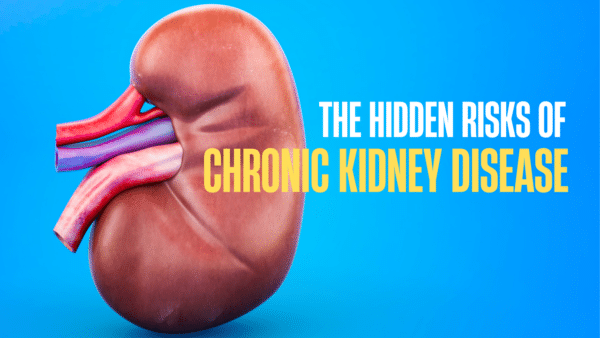When parents notice their child has flushed cheeks and is hot to the touch they often anxiously reach for the thermometer to check for a fever and a pain reliever to bring it down. But “fever phobia” may be getting in the way of properly treating children, according to a new study in the medical journal Pediatrics.
�Fever is the body’s normal response to an illness, so it doesn’t mean it’s a bad thing. It’s how your body fights the infection,” explains study author Dr. Janice Sullivan, professor of pediatric critical care medicine at the University of Louisville in Kentucky.
About a third of all visits to the pediatrician are due tofever, usually caused by a bacterial or viral infection. Most fevers go away fairly quickly, are benign, and may actually protect the child. So pain relievers are primarily recommended to help alleviate some of the discomfort, not necessarily to bring the fever down to a certain level, according to the report.
Sullivan stresses that it’s more important to monitor children for symptoms of serious illness and to make sure they don’t become dehydrated instead of becoming overly concerned with how high or low a fever may be. There are certain exceptions, however.
“In infants less than 2 � 3 months of age we generally will recommend if they have a fever of 100.4 that those babies should be seen by their pediatrician because they may have a serious infection,” says Sullivan.
Some experts also recommend that if children of any age have a fever greater than 103, they should go see their doctor.
As many as half of parents give their sick children the wrong dose of pain relievers, say researchers. Part of the problem may be that many don’t know dosing is based on a child’s weight, not age or height. Another common mistake is using a kitchen spoon instead of a proper measuring device or the one that comes with the pediatric medicine.
The two most common medicines used for treating fever in young people are acetaminophen and ibuprofen and if used as directed in healthy children are generally considered to be safe. Sometimes doctors recommend alternating between the two drugs during an illness, but this can increase the risk of inaccurate or overdosing without carefully reading instructions.
“When your child is ill, fever is a normal response to this illness. The important thing is first of all make sure your child is comfortable and secondly look for any other signs of symptoms to give you some indication of how ill your child is,” explains Sullivan.
And remember, if your gut tells you something is wrong with your child, don’t hesitate to call your pediatrician no matter how high or low the fever.

